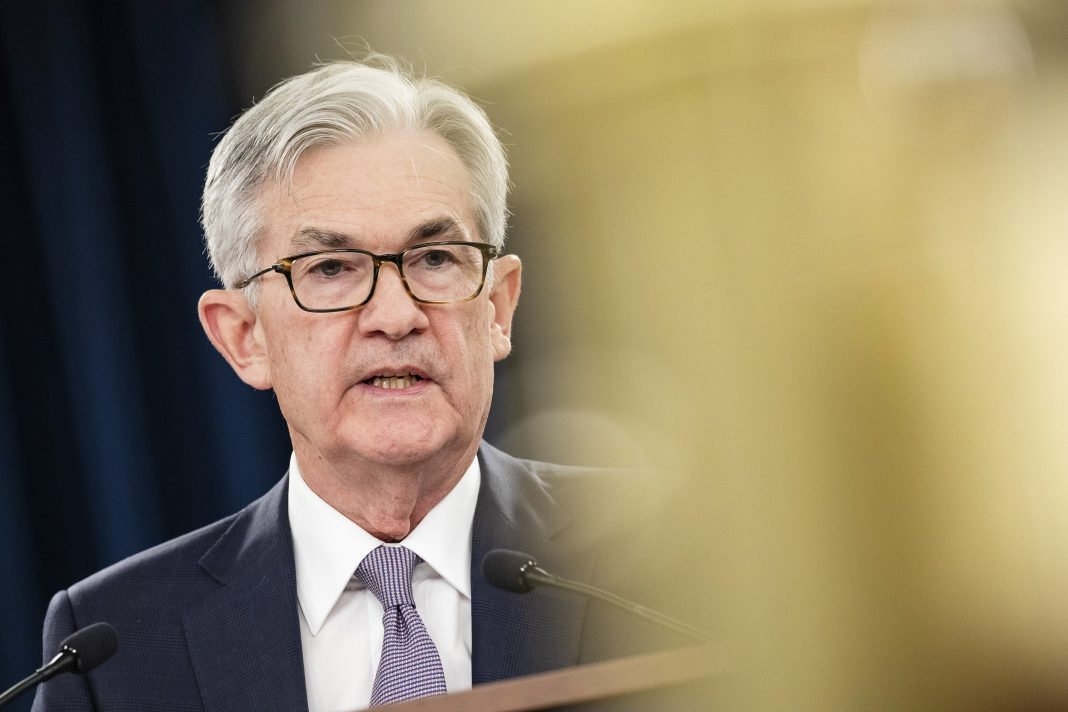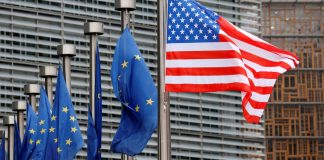The Federal Reserve is “closely monitoring” the coronavirus, its impact on China and the effect that it could have on global economic growth, Chairman Jerome Powell said Tuesday.
In his semiannual testimony before Congress, Powell said the new threat comes just as trade uncertainties have diminished, though the U.S. economy appears “resilient” to global headwinds.
Despite the threat from the virus, he said Fed policy is well positioned after a series of rate cuts in 2019.
“As long as incoming information about the economy remains broadly consistent with this outlook, the current stance of monetary policy will likely remain appropriate,” he said.
He did, though, express some misgivings about rates being so low, not only with his own Fed but in other central banks around the world. The Fed last year held a series of public hearings to discuss policy options in the future, in particular how to handle economic downturns.
“This low interest rate environment may limit the ability of central banks to reduce policy interest rates enough to support the economy during a downturn,” he said.
Powell’s remarks recapped the Fed’s 61-page semiannual report that lawmakers received on Friday. He said the economy is growing at a “moderate” pace, and he noted that the fundamentals supporting household spending are still “solid.”
Markets reacted little to the remarks, which strongly resembled the messages coming from Powell and his fellow officials over the past several months. Wall Street was indicating a 100-point Dow industrials gain at the open.
“Interest rates aren’t going up under his watch without more inflation and that is music to the stock market’s ears,” said Chris Rupkey, chief financial economist at MUFG Union Bank.
Talks jobs market, budget
Powell also highlighted the strong gains in the labor market. He pointed to the large number of job openings and said employers are more willing to hire and train workers with fewer skills.
“As a result, the benefits of a strong labor market have become more widely shared,” Powell said. “People who live and work in low- and middle-income communities are finding new opportunities.”
Powell cited two long-run challenges to the economy in his testimony: the low labor force participation rate and productivity gains. He also weighed in on the federal budget, arguing that lawmakers should tackle ballooning deficits and the national debt while the economy is strong to provide more room to react during the next downturn.
“A more sustainable federal budget could also support the economy’s growth over the long term,” he said.
Powell’s appearance before the House Financial Services Committee begins at 10 a.m. ET and follows a year in which the Fed made a sharp pivot, going from a series of steady rate hikes with more on tap ahead to cuts and a general easing in monetary policy.
The policymaking Federal Open Market Committee most recently has held the line on further moves.
In addition to the wait-and-see approach on rates, the Fed has continued its daily liquidity injections into the overnight lending, or repo, market where banks get their short-term funding. Officials have said the operations will last through the second quarter as the Fed continues to calibrate the amount of reserves the banking system needs to operate comfortably.
In his speech, Powell called the use of repo a technical measure and not a change in monetary policy, despite the rally in risk assets that has come along with the balance sheet expansion.
Powell and his fellow policymakers have been under intense pressure from President Donald Trump to continue to cut rates, but they have indicated with little dissent that it would take something substantial to make them move in either direction.
However, markets are expecting more easing, with a rate cut by September priced in already and futures traders also indicating about a 46% chance of another move in December.



























